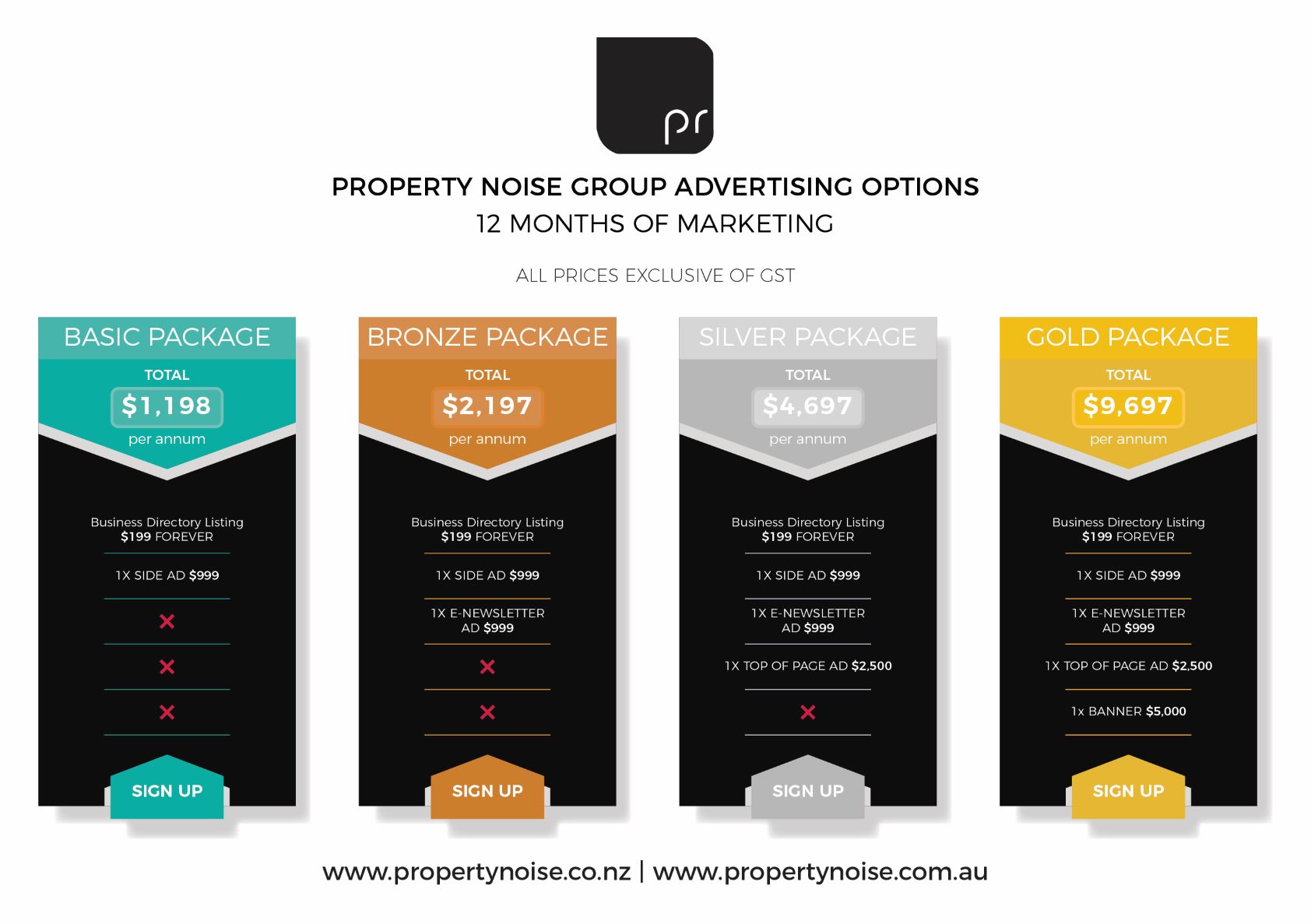PHOTO: House prices are falling month by month. FILE
Property prices have continued to fall at the same rate of decline for three consecutive months, data shows.
CoreLogic’s House Price Index (HPI), which measures property value changes in the market, shows that the national measure of property values fell a further -0.8 percent in June, completing a hat-trick of months at the same rate of decline, -0.8 percent in both April and May.
The quarterly fall of -2.3 percent is the biggest drop over a three-month period since February 2009, CoreLogic said, which is just prior to when the market bottomed out – at an average value of $372,681 in March 2009 – following the Global Financial Crisis (GFC).
“As the downturn sets in, and with interest rates set to rise further, greater consideration is now being given to ‘how long and how far will this go’,” CoreLogic head of research Nick Goodall said.
“Of course no one knows for sure but the long recovery after the GFC offers a glimpse into one potential scenario which could unfold.”
Goodall said the experience then took the shape of a bathtub – a gradual initial decline of -9.9 percent over 17 months, followed by a period of relatively flat conditions or a plateau, before eventually increasing back to the pre-GFC peak five years later.
“While the economic and lending environments are remarkably different between 2008 and 2022, housing affordability is more thinly stretched, and interest rates are rising, not falling like in the late 2000s,” he said.
“Under these circumstances it is difficult to foresee any respite for falling house prices in the near term.”
Affordability constraints coupled with higher interest rates and tighter lending conditions are likely to keep a lid on demand over the coming months and probably until interest rates start to fall again, Goodall said. Although a drop in housing prices will support improvements in affordability, he added that higher mortgage costs and stricter lending policies will probably outweigh the renewed affordability advantage.
There was a trend in lower house prices across each of the main centres, except for Christchurch. Auckland saw the largest falls in value through June (-1.9 percent), which is also reflected in the worst quarterly fall of -4.9 percent.
“When it comes to property values in Auckland, it’s important to look past median sale prices as they are often affected by a change in the mix of properties reaching agreement over the two periods being analysed, whereas an index measures all properties in an area regardless of whether they have transacted,” Goodall said.
“In other words, Auckland could see more expensive standalone dwellings dominating sales in a given month, but then cheaper townhouses might take over the next month.”
Values in Hamilton bounced up 1.8 percent in June, but remain down -1.2 percent over the last three months, CoreLogic found.
Meanwhile, in both Wellington and Dunedin, larger and more persistent falls in housing prices have dragged annual growth rates to 5 percent or lower, which Goodall said is evidence that the last flumes of growth at the end of last year are now being extinguished.
“Delving into the expectations and mindset of two of the key market players provides greater insight into the prospects of the market for 2022 and beyond,” he said.
READ MORE VIA NEWSHUB
MOST POPULAR
 Ex real estate agent pleads not guilty to string of charges
Ex real estate agent pleads not guilty to string of charges World’s ‘frothiest’ housing market (NEW ZEALAND) cools in global warning signal
World’s ‘frothiest’ housing market (NEW ZEALAND) cools in global warning signal New kiwi Property TV Show: RICH LISTERS
New kiwi Property TV Show: RICH LISTERS ‘World’s hottest grandma’ NZ’s Gina Stewart forced out of home by paparazzi | WATCH
‘World’s hottest grandma’ NZ’s Gina Stewart forced out of home by paparazzi | WATCH NBR rich list 2022
NBR rich list 2022 Possibly the perfect the Kiwi bach: The bach that JK built | WATCH
Possibly the perfect the Kiwi bach: The bach that JK built | WATCH Mortgage holders to be SLAMMED more: Another big OCR expected
Mortgage holders to be SLAMMED more: Another big OCR expected SHOCK: Average asking price drops $24,500 in just four weeks | TRADE ME
SHOCK: Average asking price drops $24,500 in just four weeks | TRADE ME Property prices see largest drop on record
Property prices see largest drop on record Late cricket legend Shane Warne’s former Brighton home to change hands
Late cricket legend Shane Warne’s former Brighton home to change hands



















